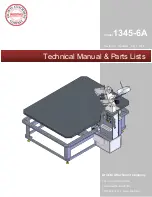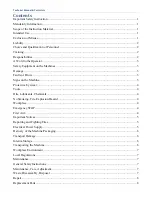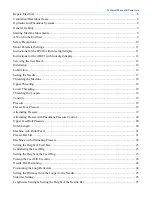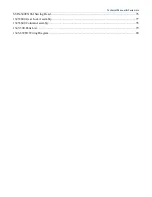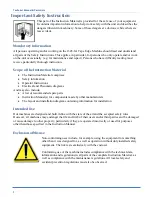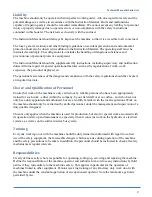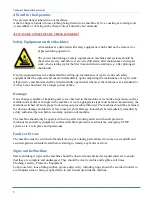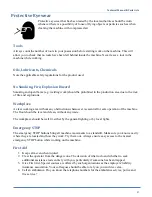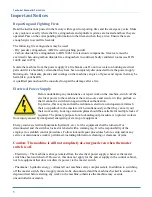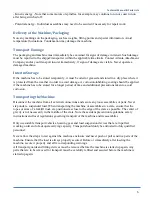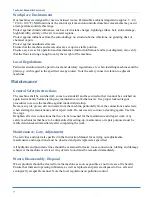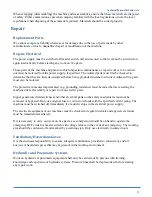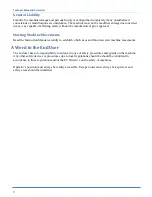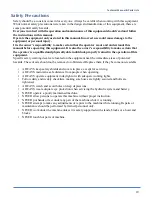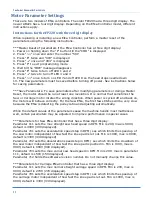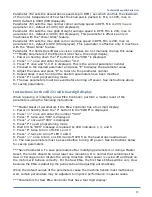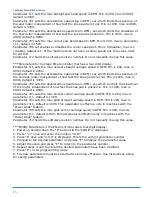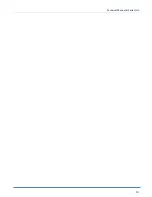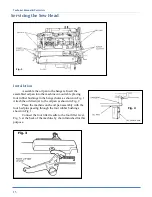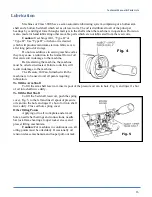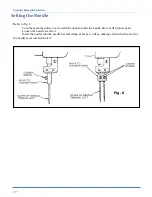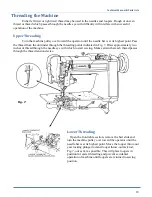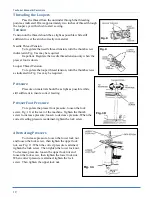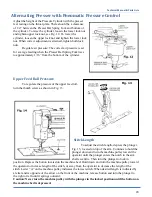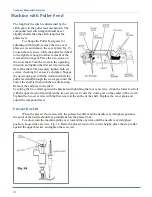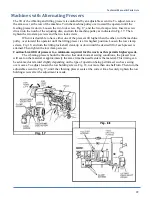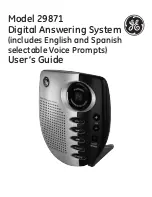
Technical Manual & Parts Lists
7
Workplace Environment
Our machines are designed for use in enclosed rooms: Permissible ambient temperature approx. 5 - 40
°C (40 - 104 °F). Malfunctions of the control systems and uncontrolled machine movements may occur
at temperatures outside this range.
Protect against climatic influences, such as electrostatic charges, lightning strikes, hail, storm damage,
high humidity, salinity of the air in coastal regions.
Protect against influences from the surroundings: no structure-borne vibrations, no grinding dust, or
chemical vapors.
Protect against unauthorized access.
Ensure that the machine and accessories are set up in a stable position.
Ensure easy access for operation and maintenance (Instruction Manual and layout diagram); also verify
that the floor is strong enough to carry the weight of the machine.
Local Regulations
Particular attention must be paid to local and statutory regulations, etc. when installing machines and the
plant (e.g. with regard to the specified escape routes). Note the safety zones in relation to adjacent
machines.
Maintenance
General Safety Instructions
The machine shall be switched off, come to a standstill and be secured so that it cannot be switched on
again inadvertently before starting any maintenance work whatsoever. Use proper lockout/tagout
procedures to secure the machine against inadvertent startup.
Remove any oil, grease, dirt and waste from the machine, particularly from the connections and screws,
when starting the maintenance and/or repair work. Do not use any corrosive-cleaning agents. Use lint-
free rags.
Retighten all screw connections that have to be loosened for the maintenance and repair work. Any
safety mechanisms that have to be dismantled for setting-up, maintenance or repair purposes must be
refitted and checked immediately after completing the work.
Maintenance, Care, Adjustment
The activities and intervals specified in the Instruction Manual for carrying out adjustments,
maintenance and inspections must be observed and parts replaced as specified.
All hydraulic and pneumatic lines should be examined for leaks, loose connections, rubbing and damage
whenever the machine is serviced. Any defects found must be remedied immediately.
Waste, Disassembly, Disposal
Waste products should be cleared from the machine as soon as possible as not to create a fire hazard.
Ensure that fuels and operating lubricants, as well as replacement parts are disposed of in a safe and
ecologically acceptable manner. Note the local regulations on pollution control.
Summary of Contents for 1345-6A
Page 2: ...Technical Manual Parts Lists ...
Page 21: ...Technical Manual Parts Lists 14 ...
Page 36: ...Technical Manual Parts Lists 29 ...
Page 38: ...Technical Manual Parts Lists 31 ...
Page 40: ...Technical Manual Parts Lists 33 ...
Page 42: ...Technical Manual Parts Lists 35 ...
Page 44: ...Technical Manual Parts Lists 37 ...
Page 46: ...Technical Manual Parts Lists 39 ...
Page 48: ...Technical Manual Parts Lists 41 ...
Page 50: ...Technical Manual Parts Lists 43 ...
Page 52: ...Technical Manual Parts Lists 45 ...
Page 54: ...Technical Manual Parts Lists 47 ...
Page 56: ...Technical Manual Parts Lists 49 ...
Page 60: ...Technical Manual Parts Lists 53 ...
Page 66: ...Technical Manual Parts Lists 59 ...
Page 68: ...Technical Manual Parts Lists 61 ...
Page 70: ...Technical Manual Parts Lists 63 ...
Page 72: ...Technical Manual Parts Lists 65 ...
Page 74: ...Technical Manual Parts Lists 67 ...
Page 76: ...Technical Manual Parts Lists 69 ...
Page 78: ...Technical Manual Parts Lists 71 ...
Page 80: ...Technical Manual Parts Lists 73 ...
Page 82: ...Technical Manual Parts Lists 75 ...
Page 87: ...Technical Manual Parts Lists 80 1345 6WD1 Wiring Diagram ...

